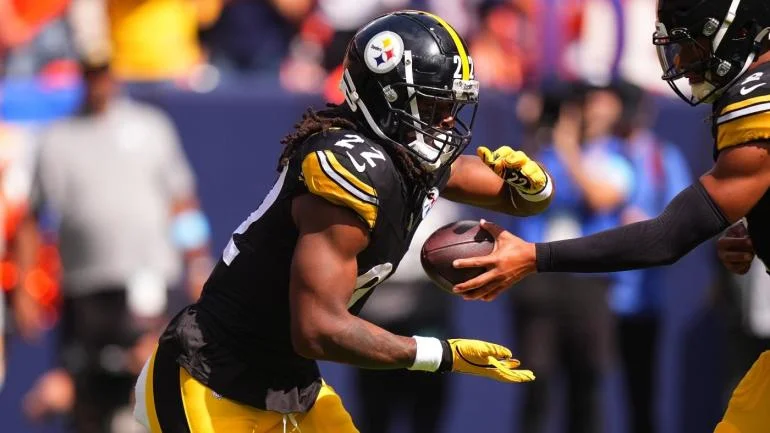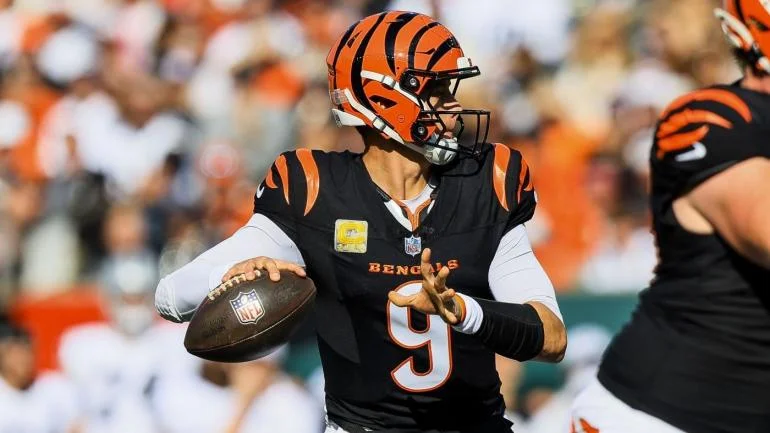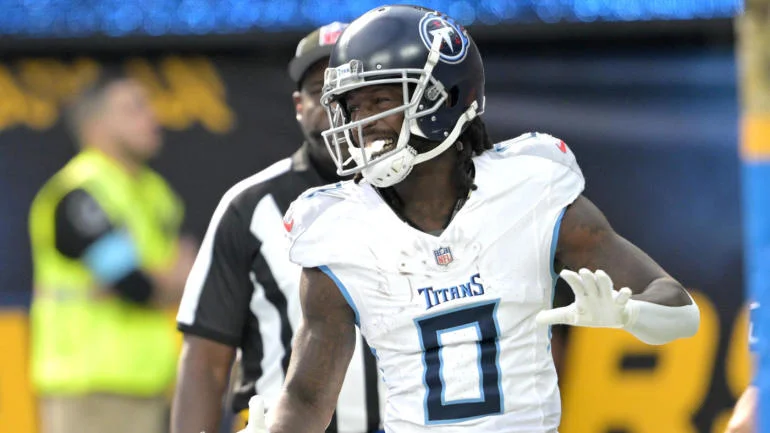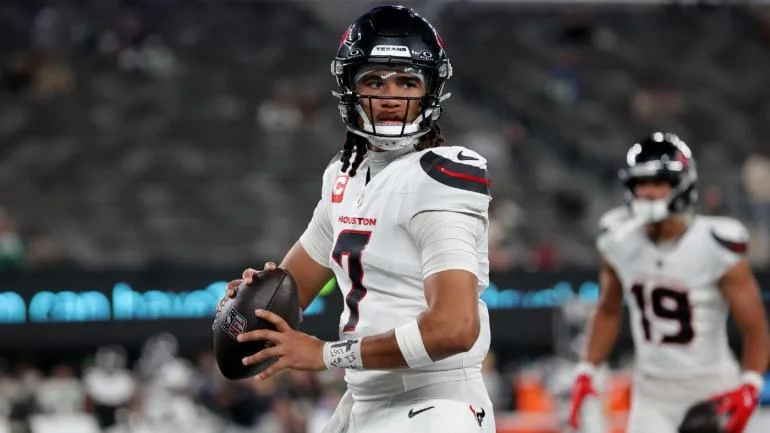The Vikings need to sort out their quarterback situation.
This is the latest in a series, offering my opinions on what struggling teams should do this offseason in order to turn their fortunes around.
For the first month of the season, the Vikings looked like a legitimate contender in the NFC. And then, it all fell apart. Mike Zimmer injured his eye, lost Norv Turner, and maybe lost his defensive locker room as well.
All that said, the pieces are still in place for a strong 2017, with a few tweaks to the roster. Here would be my suggestions.
STEP ONE: FIGURING OUT THE QB-RB SITUATION
All things considered, Sam Bradford played pretty well for Minnesota this year, completing 71% of his passes and tossing only 4 interceptions. He wasn’t asked to do too much, but if he turns out to be the Vikings’ version of Alex Smith, I’m guessing Zimmer would accept that.
What makes it slightly more complicated is the (hopeful) return of Teddy Bridgewater. If the team trusted Bridgewater to return to form, you’d at least consider cutting Bradford and saving $13 million in cap space. However, given Bridgewater’s uncertain health, retaining Bradford would be the smart choice. I would enter the season with Bradford as the clear starter, with Bridgewater still rehabbing and resting up on the sideline until the need arises. The fragility of both quarterbacks would require the team to keep a 3rd QB on the roster, be it free agent Shaun Hill or young Taylor Heinicke.
The other expensive issue in the backfield is the fate of Adrian Peterson. The team can cut him and as $18.0 million of his salary right away. That, coupled with his age, have made the divorce feel fated for a while now.
But I’m not so sure about that. Obviously, Peterson’s not worth $18 million a year. No runner is. But he’s not getting $18 million anywhere else, and I don’t think he would even cross $10 million. In fact, the Vikings could offer Peterson the best combination of: salary, playing time, and playoff contention. Restructuring his contract and bringing him back would be my move. I’d even overpay him slightly (say $10 million a year) as a nod to all his production for the organization over this decade.
The only reason the team would be justify letting him go would be if they believe his limitations as a receiver hamstring the offense. Personally, I still think (or at least, hope) he can be effective. The team can go with a 1-2 punch of Peterson and Jerick McKinnon, and let the plodding Matt Asiata leave as a free agent.
STEP TWO: TRUSTING THE KIDS WITH THE CAR KEYS
One troubling aspect of the Vikings’ recent run has been some disappointing play from their draft picks. Specifically, 2016 1st rounder WR Laquon Treadwell, 2015 1st rounder CB Trae Waynes, and 2014 3rd rounder Scott Crichton. Those three may be more important than ever, given some impending free agency decisions.
Even slowed by his college injury, I figured Treadwell could become an Anquan Boldin type possession receiver in the NFL. The fact that he only caught 1 pass all season was one of the most surprising storylines to 2016.
The team will need him to be much better than that, given the fact that a slew of their WRs will be free agents: Adam Thielen, Charles Johnson, and Cordarrelle Patterson. No matter what happens with Treadwell, keeping the productive and efficient Thielen would be a priority for me. As a restricted free agent, his cost shouldn’t be too prohibitive. In fact, you may benefit from the presumption that a white WR can’t be very good, and get him for a bargain. I’d be fine entering 2017 with Thielen and Treadwell as starters on the edge, and Stefon Diggs in the slot. That’s counting on a huge improvement for Treadwell, but if your 1st round stud can’t become a solid starter by year 2, you’re in trouble as an organization.
Similarly, the young Trae Waynes will have to step up his play, as the team has free agent corners in Terrence Newman and Captain Munnerlyn. The fact that the 38-year-old Newman is still playing heavy snaps at corner is remarkable and doesn’t get enough attention, in my mind. Still, the skeptic in me presumes he won’t be able to keep that up. I’d retain Munnerlyn over him, and rely on a Xavier Rhodes – Waynes – Munnerlyn combo being good enough to hold down the fort at CB.
DE Scott Crichton was another young player that I had high expectations for, with good size and production in college (51 tackles for loss over his three years). In the NFL, he’s been a non-factor. Ideally, you could trust Crichton to be your 3rd DE behind Everson Griffen and Danielle Hunter, which would enable you to cut the 33-year-old Brian Robison and save $5.6 million in cap space. However, given his struggles so far (and Zimmer’s need for a strong d-line rotation), I’d recommend keeping Robison for one more year. He’s still an effective player, with 7 sacks and 3 forced fumbles in 2016. Hopefully, Crichton can improve, but at this point, you can’t count on it.
STEP THREE: ADDRESSING THE CLEAR NEED AT OL
To be honest, the Vikings don’t have a lot of holes on their roster, except for that offensive line. But unfortunately for them, that’s a hugely important facet of the game, especially for a team like the Vikes. Bradford has taken 37 sacks so far, and the running game has been awful. The o-line needs a complete overhaul, with 2 or 3 new starters at least.
To make matters worse, both starting tackles are free agents in Matt Kalil and Andre Smith. While the Vikings’ o-line may be bad, I would try to retain both. Andre Smith‘s a solid right tackle that can at least lock in one spot for you in that front five. Kalil’s been disappointing lately, but he’s miles better than the stiff-hipped T.J. Clemmings on the blind side. I’d sign Kalil and pencil him in again at left tackle, with the hope that you can find someone to squeeze him out and over to guard.
I’d recommend the Vikings make their line a priority in the draft; in fact, I’d probably make it the ONLY priority. I’d draft 3 lineman with their top 4 picks, hoping you can seal those holes up front.
Thanks to the Bradford trade, the team doesn’t have a first-round pick that they can use on a blue-chip tackle. However, they do have two 3rd rounder and two 4th rounders. In this draft, that may turn out to be a good thing.
This draft has a fair amount of guards and tackles that the Vikings can target in those middle rounds. The best value may come from lineman who have been overlooked and under-valued because they come from smaller programs. Temple’s Dion Dawkins, Utah’s Garett Bolles, Western Kentucky’s Forrest Lamp, and Western Michigan’s Taylor Moton are all young tackles that may have the potential to play the left side for you with a year of seasoning. I can’t say I know which of them will be a home run, so I’d draft at least two of them and hope that gives you better odds of finding your LT, which would let Kalil slide to LG.
Interior linemen are usually easier to project and safer to bet one, so you can get away with selecting only one there. West Virginia’s Tyler Orlosky is a center that I like and project as a future starter.
Taking 3 linemen — two upside tackles and one safer guard/center — could yield 2 new starters for 2017. Worst case, it should help the line’s depth.
Conclusion
Of all my silly “blueprints,” this one has been the most simple so far.
TL;DR — draft offensive linemen.




